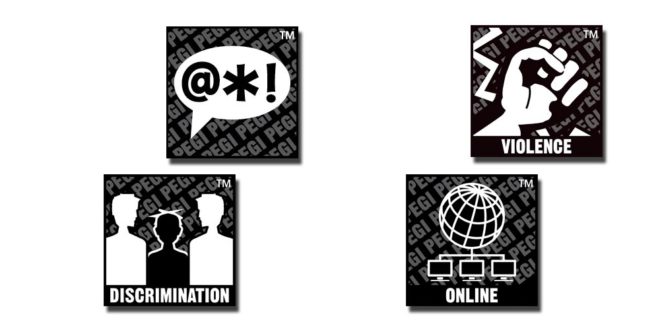PEGI has announced it will bring an icon to boxes of physical game releases, advising consumers if a title includes in-game purchases.
The icon, which you can see on the right, joins a selection of other content descriptors aimed at helping those making a purchase be informed as to what’s included in a game. Previous icons included for violence, bad language, and drug use.
The content descriptor – tempting as it is to call it a ‘warning’ – has been used previously on digital releases, but now will come to European game boxes for physical releases. With an ever-increasing focus on in-game purchases throughout the media, it’s a welcome move and one that will especially help parents and carers picking up games for younger players.
“Making parents aware of the existence of optional in-game purchases upfront is an important first step,” said Simon Little, MD of PEGI, “PEGI will now make this information available at the point of purchase, so that a parent can decide whether and how they want to monitor and/or limit a child’s spending.
“While we know that parents use different methods to control spending, parental control tools are a very helpful next step in making sure that the overall online experience of the child is safe, including the possibility to control spending. Entering into a dialogue with the child about the games they enjoy is certainly a must for all parents. It will provide them with the necessary context to create a gaming environment both the children and the parents are comfortable with.”
The content descriptor will start to appear towards the end of the year, and will only feature on games featuring in-game purchases that can be made for real money.
“Purchase offers within games has become a broad phenomenon, and it is necessary to provide the same level of consumer information on both physical and digital releases,” Little went on, “Considering that physical releases are an important part of the market, this was an important gap to fill. For a parent who may not be fully familiar with the video games landscape, seeing this simple descriptor on the packaging of a game they consider buying should trigger the reflex of keeping an eye on the gameplay, once the game has been purchased and given to the child. It’s basic information, but that’s what parents sometimes feel they are lacking.”

 MCV/DEVELOP News, events, research and jobs from the games industry
MCV/DEVELOP News, events, research and jobs from the games industry




